The post How to Make a Photo Essay: 5 Tips for Impactful Results appeared first on Digital Photography School. It was authored by Christina N Dickson.

Want to tell meaningful stories with your photos? That’s what a photo essay is all about: conveying concepts and narratives through a series of carefully chosen images.
While telling a story with photos can be a daunting task, there are several easy tips and techniques you can use in your photo essays to create striking, stunning, eye-opening results.
And that’s what I’m going to share in this article: five photo essay tips that you can immediately apply to your photography. You’ll leave as a better photo essayist than when you arrived!
Let’s get started.
What is a photo essay?
A photo essay is a collection of images placed in a specific order to convey certain emotions, specific concepts, or a progression of events.
In other words:
The photo essay tells stories just like a normal piece of writing, except with images instead of words. (Here, I’m using the term “story” loosely; as mentioned above, photo essays can encapsulate emotions or concepts in addition to traditional, time-based narratives.)

Plenty of world-class photojournalists use photo essays, including Lauren Greenfield, James Nachtwey, and Joachim Ladefoged. But the photo essay format isn’t exclusive to professionals, and photo essays don’t need to cover dramatic events such as wars, natural disasters, and social issues. Whether you are a complete beginner, a hobbyist, or a professional, the photo essay is a great way to bring your images to life, tell relevant stories about your own surroundings, and touch your family, friends, and coworkers.
So without further ado, let’s look at five easy tips to take your photo essays to the next level, starting with:
1. Find a topic you care about
Every good photo essay should start with an idea.
Otherwise, you’ll be shooting without a purpose – and while such an approach may eventually lead to an interesting series of photos, it’s far, far easier to begin with a topic and only then take out your camera.
As I emphasized above, a photo essay can be about anything. You don’t need to fixate on “classic” photo essay themes, such as war and poverty. Instead, you might focus on local issues that matter to you (think of problems plaguing your community). You can also think about interesting stories worth telling, even if they don’t have an activism angle.
For instance, is there an area undergoing major development? Try documenting the work from start to finish. Is there a particular park or nature area you love? Create a series of images that communicate its beauty.

One key item to remember:
Photo essays are most powerful when you, as the photographer, care about the subject. Whether you choose to document something major and public, like an environmental crisis, or whether you choose to document something small and intimate, like the first month of a newborn in the family, make sure you focus on a topic that matters to you.
Otherwise, you’ll struggle to finish the essay – and even if you do successfully complete it, viewers will likely notice your lack of passion.
2. Do your research
The best photo essays involve some real work. Don’t just walk around and shoot with abandon; instead, try to understand your subject.
That way, you can capture a more authentic series of photos.
For instance, if you document a newborn’s first month, spend time with the family. Discover who the parents are, what culture they are from, and their parenting philosophy.

If you cover the process of a school’s drama production, talk with the teachers, actors, and stagehands; investigate the general interest of the student body; find out how the school is financing the production and keeping costs down.
If you photograph a birthday party, check out the theme, the decorations they plan on using, what the birthday kid hopes to get for their gifts.
If you’re passionate about your topic, the research should come easy. You should enjoy learning the backstory.
And then, when it comes time to actually shoot, you’ll have a much clearer understanding of the topic. You’ll know the key players in the story, the key ideas, and the key locations. You’ll be able to hone in on what matters and block out the flashy distractions.
Make sense?
3. Find the right angle
Once you’ve done your research, you’ll know your topic inside and out.
At which point you’ll need to ask yourself:
What is the real, authentic story I want to tell?
Every story has a hundred different angles and perspectives. And trying to share the story from every perspective is a recipe for failure.
Instead, pick a single angle and focus on it. If you’re documenting a local issue, do you want to focus on how it affects children? The physical area? The economy? If you’re documenting a newborn’s first month, do you want to focus on the interaction between the newborn and the parents? The growth of the newborn? The newborn’s emotions?

As you’ll find out during your research, even stories that seem to be completely one-sided have plenty of hidden perspectives to draw on.
So think about your story carefully. In general, I recommend you approach it from the angle you’re most passionate about (consider the previous tip!), but you’re always free to explore different perspectives.
4. Convey emotion
Not all photo essays must convey emotion. But the most powerful ones do.
After all, think of the stories that you know and love. Your favorite books, movies, and TV shows. Do they touch you on an emotional level?
Don’t get me wrong: Every photo essay shouldn’t cover a sappy, heartstring-tugging tale. You can always focus on conveying other emotions: anger, joy, fear, hurt, excitement.
(Of course, if your story is sappy and heartstring-tugging, that’s fine, too – just don’t force it!)
How do you convey emotions, though? There’s no one set way, but you can include photos of meaningful scenes – human interactions generally work well here! – or you can simply show emotion on the faces of your photographic subjects. Really, the best way to communicate emotions through your photos is to feel the emotions yourself; they’ll bleed over into your work for a unique result.

5. Plan your shots
Once you’ve done the research and determined the angle and emotions you’d like to convey, I recommend you sit down, take out a pen and paper, and plan your photo essay.
Should you extensively visualize each photo? Should you walk through the venue, imagining possible compositions?
Honestly, that’s up to you, and it’ll depend on how you like to work. I do recommend that beginners start out by creating a “shot list” for the essay. Here, you should describe the main subject, the narrative purpose of the image, plus any lighting or composition notes. Once you become more experienced, you can be looser in your planning, though I still recommend you at least think about the different shots you want to capture.
You can start by planning 10 shots. Each one should emphasize a different concept or emotion, but make sure to keep a consistent thread running through every composition; after all, the end goal is to create a powerful series of images that tell a story.
One final tip:
While you should stick to your plan pretty closely, at least at first, don’t ignore the potential for spontaneity. If you see a possible shot, take it! You can later evaluate whether it’s a worthwhile addition to your essay.

Photo essay tips: final words
Now that you’ve finished this article, you know all about what photo essays are, and – hopefully! – how to create a beautiful essay of your own.

Just remember: storytelling takes practice, but you don’t have to be an incredible writer to pull off a powerful photo essay. All you need is a bit of photographic technique, some creativity, and a lot of heart.
Once you start to tell stories with your photos, your portfolio will never be the same!
Now over to you:
Do you have any tips for doing photo essays? Do you have any essays you’re proud of? Share them in the comments below!
The post How to Make a Photo Essay: 5 Tips for Impactful Results appeared first on Digital Photography School. It was authored by Christina N Dickson.


























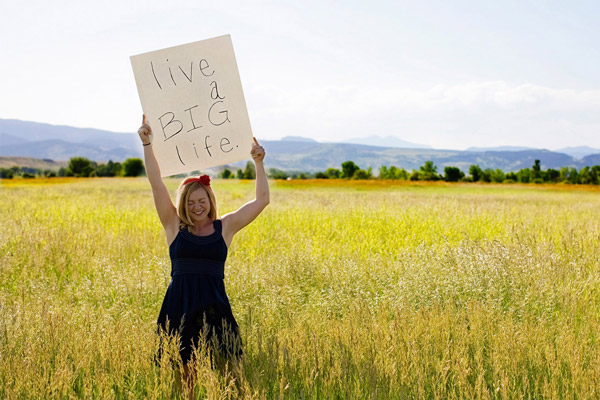

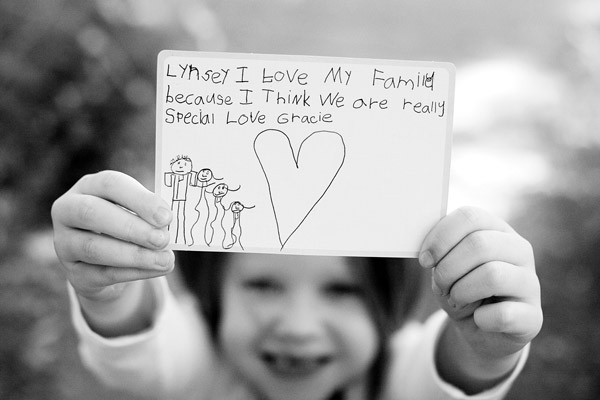





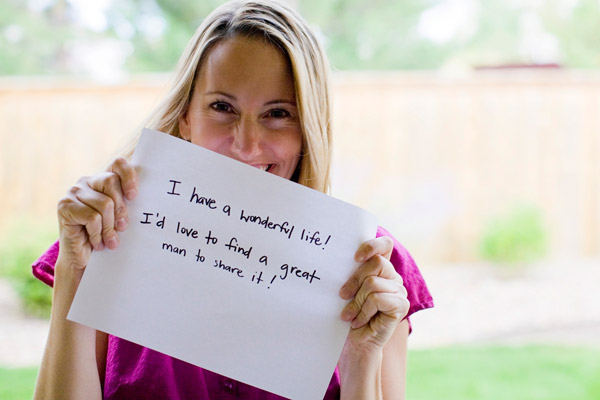

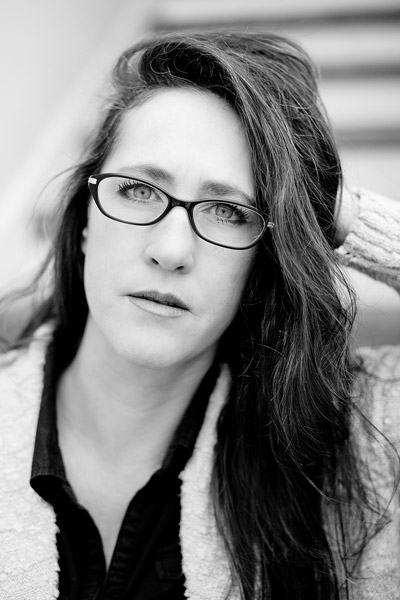
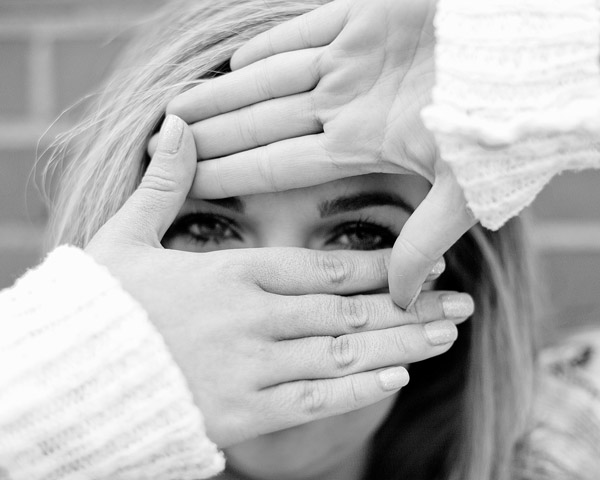
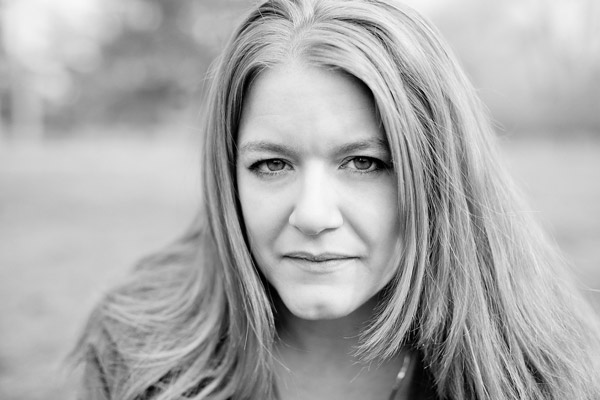
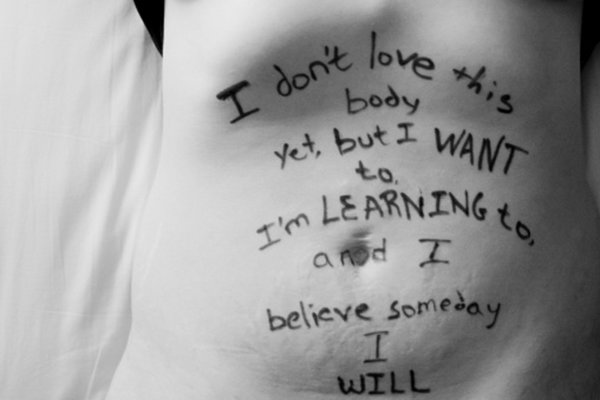
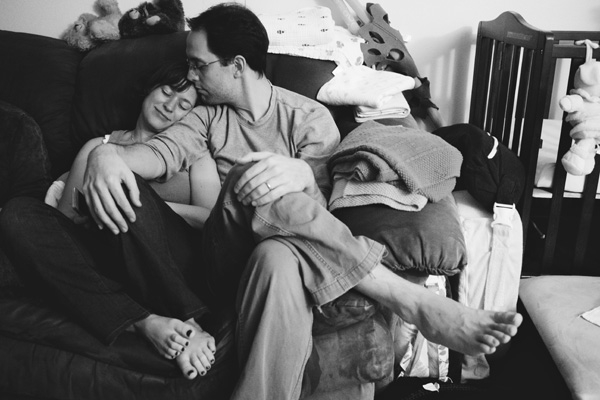

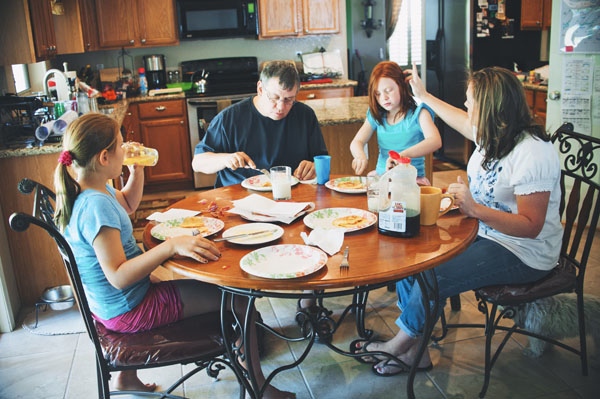

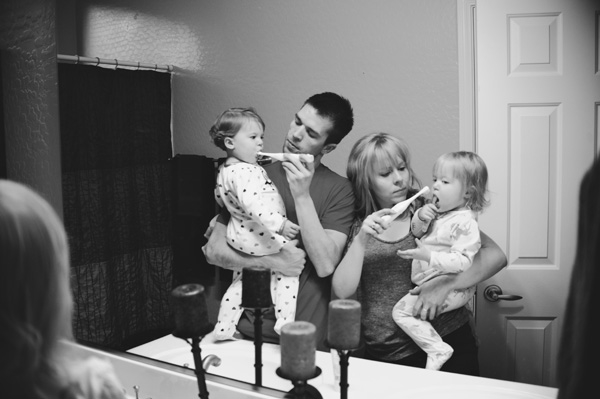
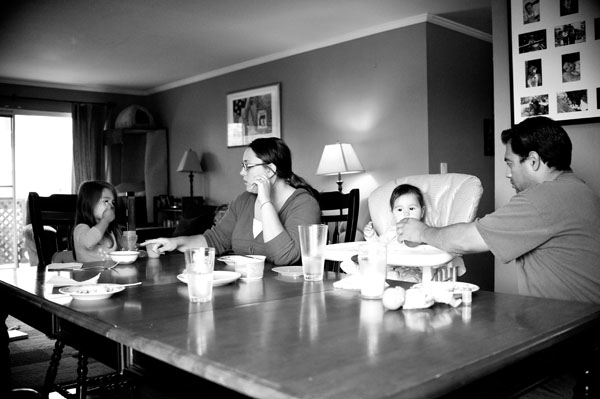








You must be logged in to post a comment.